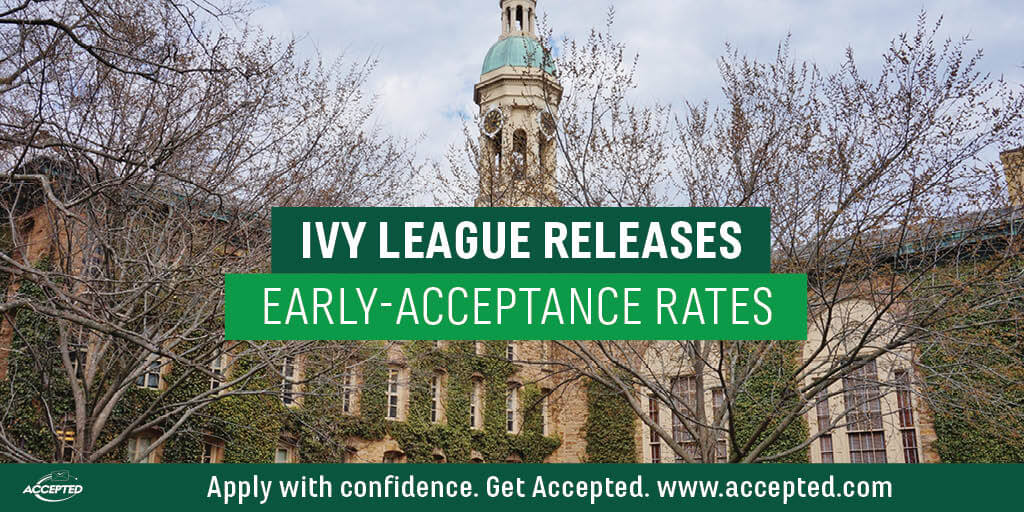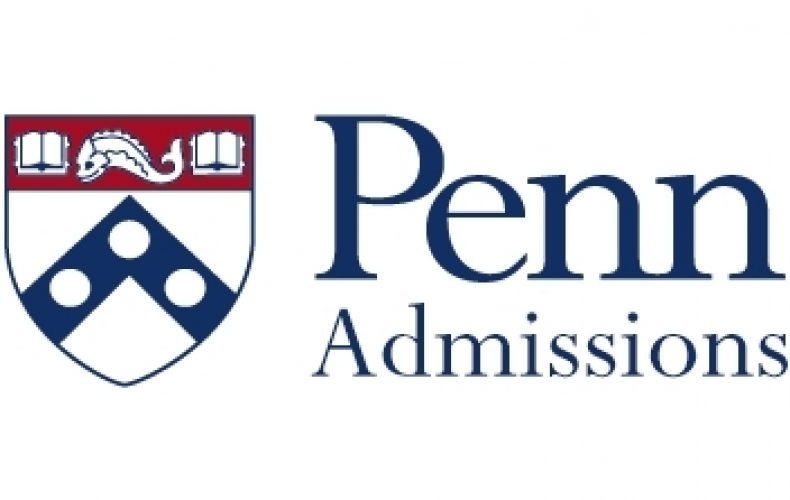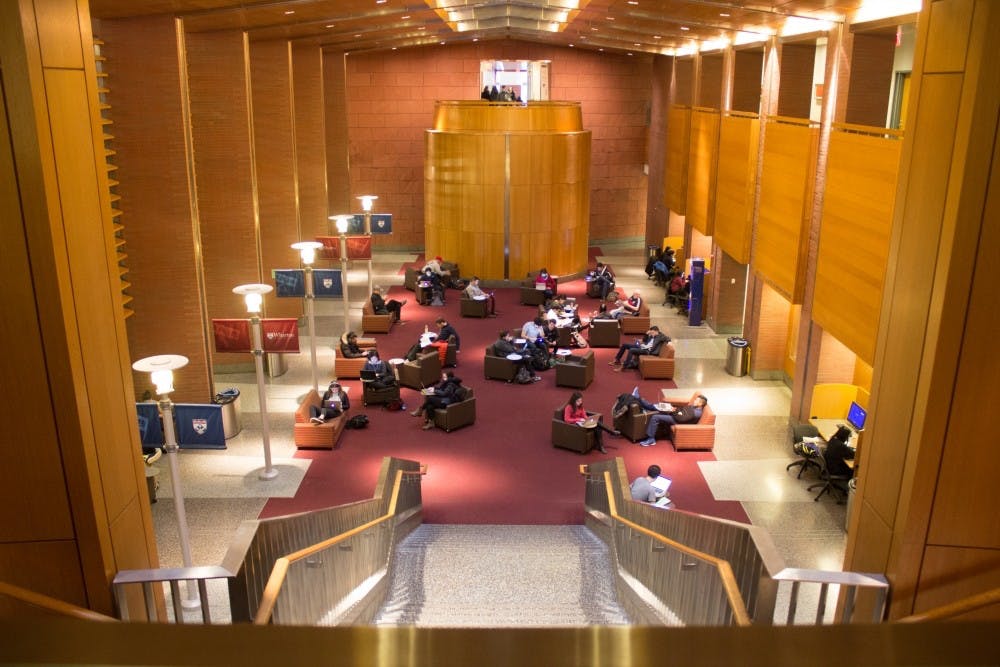Currently, the Ivy League institutions are estimated to admit 10% to 15% of each entering class using legacy admissions. In 2009, Princeton admitted 41.7% of legacy applicants—more than 4.5 times the 9.2% rate of non-legacies. Similarly, in 2006, Brown University admitted 33.5% of alumni children, significantly higher than the 13.8% overall admissions rate.
In short, Ivy League and other top schools typically admit legacies at two to five times their overall admission rates. Among top universities, the University of Notre Dame and Georgetown University are known to weigh legacy status heavily in their application processes. The advantages that colleges offer legacy students extend well beyond admission preferences. Some universities have alumni councils that provide legacies with special advising sessions, pair these would-be students with current legacy students, and generally provide advice and mentoring for legacy applicants. In cases where legacies are rejected, some universities offer legacy admissions counseling and help with placement at other colleges.
Such students are often encouraged to enroll at a lesser ranked school for one or two years to prove themselves and then to reapply as transfer students. News & World Report and other media take into account only the SAT scores and high school grades of entering freshmen, a college can accept poor achieving legacies as transfer students without hurting its standing. A quarter of students admitted through Early Decision to the University of Pennsylvania's Class of 2022 are the children and grandchildren of UPenn alumni. It's an astounding statistic, especially considering legacy students made up only 16% of this year's Early pool. Legacy students were almost twice as likely to earn admission as non-legacy applicants. But it's not like the University of Pennsylvania is alone in offering preferential treatment in admissions to legacy applicants.
Ivy Coach is featured in this podcast conducted by Jacob Gardenschwartz and Anika Ranginani and it's certainly worth a listen. The sample Hurwitz studied was made up of 307,643 domestic applications to 30 of the most selective private colleges and universities in 2007. The study does not name the colleges whose applications were studied. Of course, this is the band of colleges in which legacy admissions could matter the most -- at colleges that are not competitive in admissions, the admission of legacy applicants does not take away slots from others. While collecting exact numbers on legacy acceptance rates is very difficult at many colleges it can increase your chance of admissions by 2 or 3 times the amount of non legacy.
Usually that means being a primary legacy where one of your parents attended that university, but sometimes even a looser connection like a grandparent or an uncle can make a small difference. Some colleges openly oppose granting any special status to Legacy and most notable would be MIT. Other colleges like U Penn and Cornell will only give Legacy a consideration in their ED rounds. This year I worked with five candidates who applied to highly selective universities. They all got into more than one choice but each student eventually was admitted to and I think is choosing to enroll at the highly selective university where one of their parents attended. This year, all Ivies reported record numbers of Early Action and Early Decision applications for the class of 2023.
But every Ivy League school also reported early admission rate declines compared to the previous year. The most intriguing twist on the SAT emphasis is applied at Georgetown, one of a handful of schools still offering nonbinding early action. Whereas Harvard knows that nearly all the students admitted EA will enroll, Georgetown knows that most of the academically strongest candidates it admits early will end up at Yale or Stanford if they get in. Georgetown sticks with EA in part because Charles Deacon, its dean of admissions, is a prominent critic of the increased use of binding programs and the sense of panic and scarcity they create among students. Because colleges often highlight the average SAT scores of the students they admit, not just the ones who enroll, a policy like Georgetown's can make a school look better.
Legatt, who worked in admissions at Wharton before founding her company, explains that when the most competitive colleges made test scores optional, "More applicants figured, 'They're not going to look at this 1300. I can do it,' where they would have disqualified themselves in previous years." (Harvard's early-decision applications spiked by 57 percent.) For top-tier colleges, that's a feature, not a bug. "A lot of elite institutions encourage lots of people to apply, accept a small number, and keep their acceptance rate low for prestige," Fiorentino says. Test-optional policies pushed Ivy League acceptance rates to historic lows, which only makes the schools seem more elusive and exclusive, which only makes more families want in. We have always been fans of applying early decision for the strategic advantage that it gives an applicant, but for legacy applicants, this may be even more important.
Some schools only consider legacy status for early round applicants. This is just one example where legacy status in and of itself will not help a student who doesn't take advantage of other strategic choices in the admissions process. And if you are not in the middle 50% for test scores and GPA for a college, legacy status is unlikely to give you a huge boost. But that combination of legacy + ED can seal the deal for an otherwise-qualified applicant. As a first generation / low income Asian American parent who attended an Ivy League university, it was fortunate to help my daughter use legacy status to help her gain admission to my alma mater.
I do think Asians have a significant disadvantage in the college admissions process and was happy to have legacy level the playing field. My main concern for her was would she be successful and happy at my school. Her tests scores and other credentials were in the top third of last year's class and felt she would do well. I think all parents should make that judgment call for their children. On a broader point, I do think more and more Asians will start to the see the benefit in legacy admissions as our kids come of age to counter-act the bias against them.
I don't want to be cynical because this country provides so much opporunity for those who work hard but it will be interesting if the white establishment will try to modify the rules to benefit them. This principle can be applied to the college admissions process. Assessing your student's own risk tolerance level is a crucial component in determining to which Early Decision school he/she should apply. In determining where your child should apply ED, much depends on your student's and family's risk tolerance. The complexity of this decision is compounded by all the uncertainty caused by COVID-19. Pennadmitted19.7 percent of early decision applicants to the Class of 2024 — breaking nearly a decade of declining ED acceptance rates.
Of those who are United States citizens or permanent residents, 52 percent identify as students of a minority group, an increase from 48 percent last year. Similarly, 54 percent of admitted students identified as female, an increase from 51 percent last cycle. 10 percent of admitted students are first-generation college students, a slight decrease from last year's 11 percent.
Of students admitted to the Class of 2024, 24 percent had a parent or grandparent who attended Penn. A 2005 analysis of 180,000 student records obtained from nineteen selective colleges and universities found that, within a set range of SAT scores, being a legacy raised an applicant's chances of admission by 19.7 percentage points. Suppose a college needs to enroll 2,000 students in its incoming class.
Suppose it receives roughly 12,000 applications each year in the regular admissions cycle—a realistic estimate for a prestigious, selective school. Suppose, finally, that its normal yield for students admitted in the regular cycle is 33 percent—that is, for each three it accepts, one will enroll. So to end up with 2,000 freshmen on registration day, a college relying purely on a regular admissions program would send "We are pleased to announce" letters to 6,000 applicants and hope that the usual 33 percent decided to enroll. A regular-only admissions policy would thus mean that the college's selectivity rate—6,000 acceptances for 12,000 applicants—was an unselective-sounding 50 percent. Legacy preference or legacy admission is a preference given by an institution or organization to certain applicants on the basis of their familial relationship to alumni of that institution.
It is most controversial in college admissions, where students so admitted are referred to as legacies or legacy students. The practice is particularly widespread in the college admissions in the United States; almost three-quarters of research universities and nearly all liberal arts colleges grant legacy preferences in admissions. College matriculation is off big, especially for low-income students.
But more selective schools, including leading state universities, are seeing a record surge in applications for early admissions, which can be a source for 25% to 50% of freshman classes. That also means a big drop in acceptance rate for these programs, which savvy students and parents often viewed as an easier path for kids to get into the school of their dreams. This past admissions season, we witnessed many students choose to manage their expectations differently.
The trend was for top academic students, with low risk tolerance, to apply ED to schools with higher acceptance rates. They opted to forgo their "moonshot" and apply ED to a target school, hoping that ED applicants receive extra consideration. In one particular situation, Nick's dream was to play water polo for Brown. The coach liked Nick and offered him a walk-on spot if he were able to get in on his own, but the coach was not actively recruiting him.
Nick and his family decided to skip the drama of disappointment during ED season, and apply somewhere they knew Nick had a better chance of being accepted. In Nick's case, this meant Wash U, definitely not a second tier, but clearly offering a higher acceptance rate than Brown . Most significantly, the Wash U coach was willing to support Nick's application. In Nick's case, living his dream means attending a school he was excited about, even if it was not his first choice, and playing water polo. "There's a widespread perception that applying ED puts students at a disadvantage for financial aid. That may be the case at schools with limited resources, because they know accepted students are committed to coming, so the college could short them on financial aid.
But like everything else in the admissions game, there is no hard and fast rule. At least one study on ed found just the opposite — that financial aid is more generous for Early Decision students because schools sometimes run out of money for regular decision admits". Our client Henry also has a high level of risk tolerance, but he balanced uncertainty with smart, safety nets. He is a top student, with a 31 ACT, at a reputable, public high school in Los Angeles.
Henry is a passionate journalism student and his dream was to attend Medill at Northwestern. Having said that, Henry and his family knew that applying ED to Northwestern was a longshot, as it is for most applicants. They also understood that they likely were using the "ED bump" on Northwestern.
While Henry's grades matched Northwestern's range, his ACT was slightly below it. They allowed Henry to shoot for his dream, but worked with us to curate a carefully balanced list of schools, with higher acceptance rates, that boast prominent journalism programs. However, because we carefully, realistically, and authentically formulated his list, Henry is at peace, content with his results, enthusiastic about his future. Last year's survey of college admissions directors by Inside Higher Ed found that 42 percent of admissions directors at private colleges and universities said legacy status is a factor in admissions decisions at their institutions. Harvardsaw its early action pool decrease by 7.7 percent, the first time since the fall of 2013 that the university's early action pool posted a decline. In all, 895 of 6,424 early applicants were offered early admission to the Class of 2024.
The 13.9 percent acceptance rate represents a 0.5 percent increase from last year. The early admission acceptance rate has not increased year-over-year since 2013. Dean Fitzsimmons takes a global view to explain the decrease, pointing to everything from wildfires in California to school shootings and economic uncertainty to declining numbers of high school seniors. Women comprise 51.7 percent of the admitted class thus far, slightly more than last year, when women made up 51.3 percent of the early admit class.
It seems that Harvard tipped in favor of women who are interested in the physical sciences and computer science. This year, 57.4 percent of admitted students who said they intend to concentrate in the physical sciences are women, compared to 52.9 percent last year and 33 percent the year before. For computer science, 49.1 percent of interested students are women, an increase from 42.9 percent last year, and 29 percent the year before. First, top-tier schools see legacy admissions as a recognition of the special relationship between a school and its alumni—a connection between past and future students.
This preference for legacy applicants is not really concerned with fairness, and none of the top colleges try to hide their preferential treatment of legacy applicants. Still, many alumni are disappointed each year because their children's applications are rejected. The advantage of applying Early Decision is that acceptance rates for ED applications are sometimes two to three times higher than the Regular Decision admission rates at the same schools. For instance, Northwestern's overall acceptance rate is only 9%, but its early decision rate is closer to 25%. Johns Hopkins University's jump is even bigger, from 9% to 31%.
And the early decision rates at schools like Washington University in St. Louis, Emory University, and Tufts University are all multiple times the regular decision admission rate. If calculus is offered in a student's high school and he or she has not taken the class by graduation, it is unlikely the applicant will be admitted to Wharton. We will follow up by recommending that the student take calculus during the summer. To broaden this answer for other programs at Penn and other institutions, academic preparation is the single most important factor in college admissions.
Certain course work and higher levels of preparation are necessary at the secondary school level to provide a foundation for success in college. In these cases, the admissions office is not trying to place hurdles in front of students. Rather, these requirements are informed by our faculty based on knowledge of the curriculum and past student performance.
Early acceptance rates often run twice as high as the general acceptance rates at highly selective colleges. These schools, which have high-single- to low-double-digit acceptance rates in the general admissions pool, would often admit 20% or more of their early applicants. Over on the West Coast, there are crickets from Stanford on the details of its early applicant pool and REA admits. The school announced last fall that starting with the Class of 2023, it will stop releasing admissions data until well after the admissions cycle concludes.
The change was intended to reduce the "outsized emphasis placed on the admit rates at U.S. colleges and universities," according to the Stanford news site. "By focusing on the admit rate, talented students who would thrive at Stanford may opt not to apply because they think Stanford seems out of reach," said Provost Persis Drell. In 2003, Harvard admitted 40% of legacy applicants, compared to the overall 11% acceptance rate.
Some 45 percent of admitted students who are US citizens or permanent residents self-identified as minorities. First-generation college students make up 12 percent of the admitted class. This would effectively mean that the early boost, and Tulane's actual selectivity, is not what it seems. Admission StandardsEliteApplicant CompetitionExtremeHow hard is it to get into Penn and can I get accepted? The school has a 8% acceptance rate ranking it #1 in Pennsylvania for lowest rate of acceptance.
Last year, 3,740 out of 44,491 applicants were admitted making Penn an extremely competitive school to get into with a very low chance of acceptance – even for applicants with the highest scores and grades. Academically, it has exceptionally high requirements for admission test scores, generally admitting students who score in the top 4 percent. University of Pennsylvania typically accepts and attracts "A-" average high school students.
With over half of admitted students enrolling, acceptance by University of Pennsylvania is a prized outcome for many students. Most incoming freshmen graduated in the top ten percent of their high school class. In ED programs students start their senior year ready to choose the one college they would most like to attend, and having already taken their SATs.


























